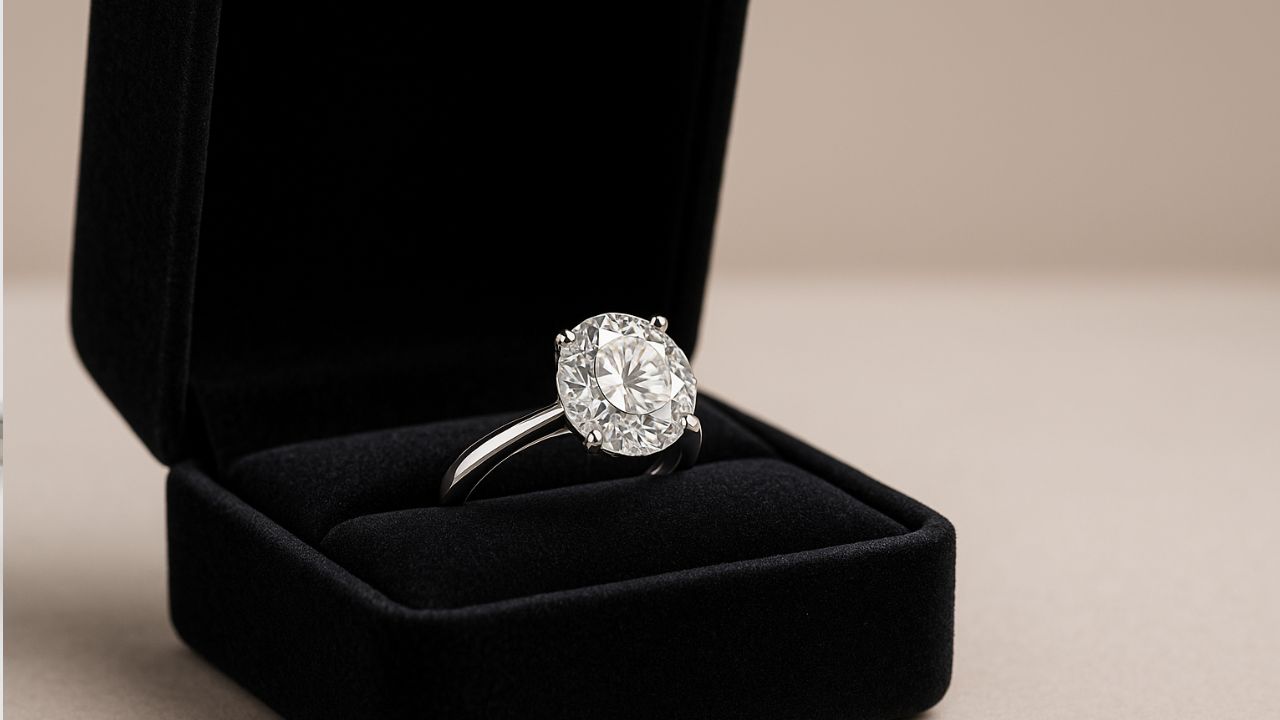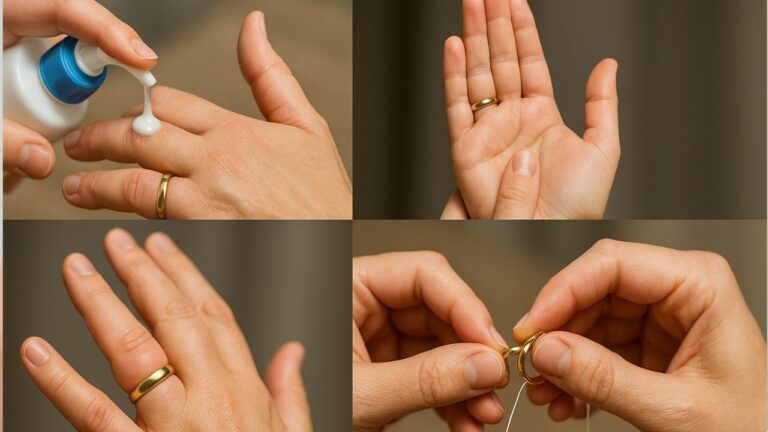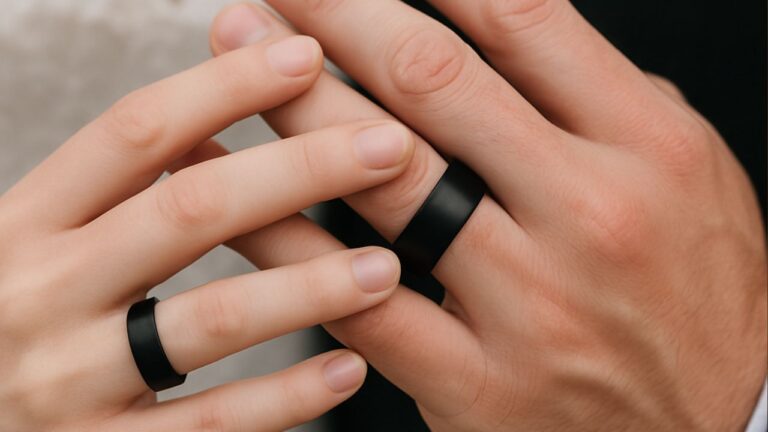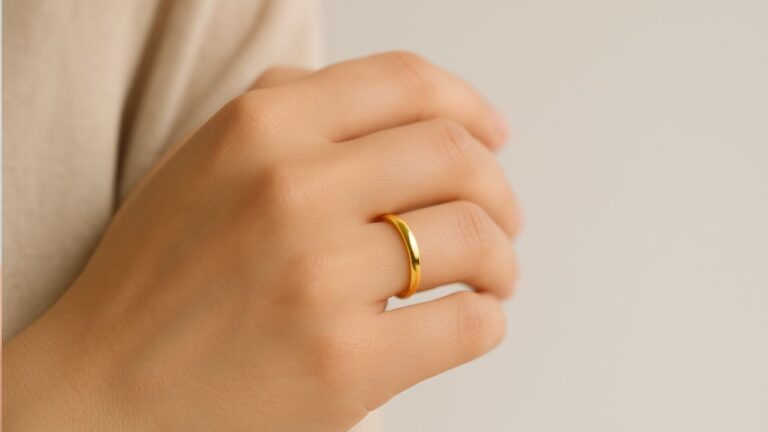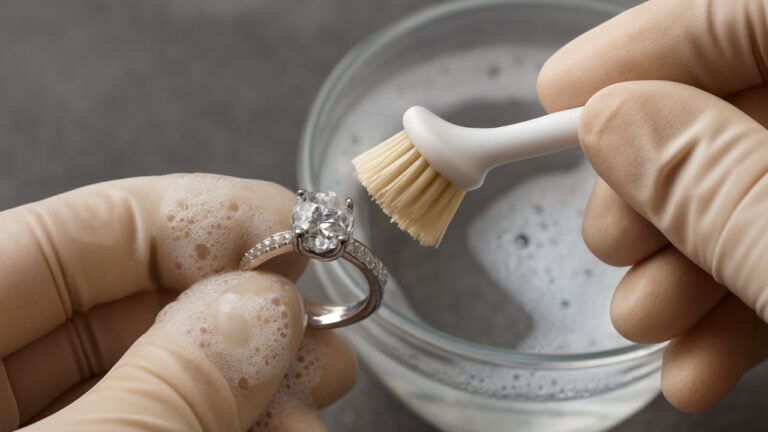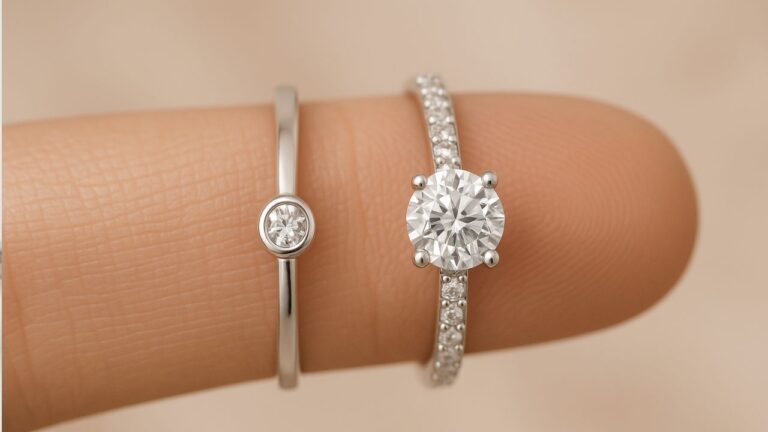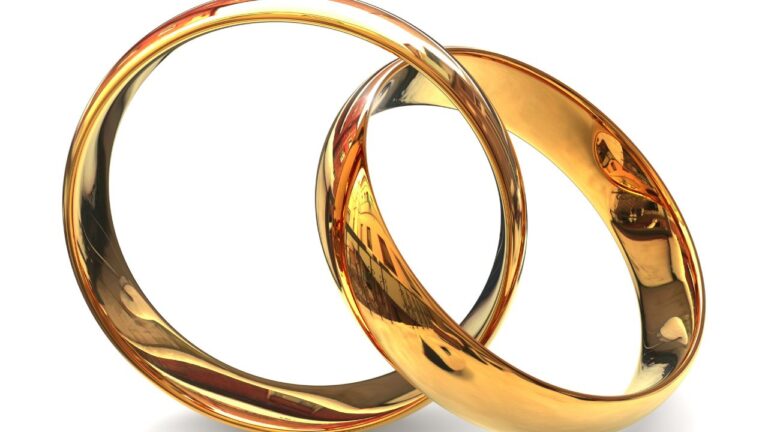How Much Does a 4 Carat Diamond Ring Cost?
What is a 4 carat diamond ring?
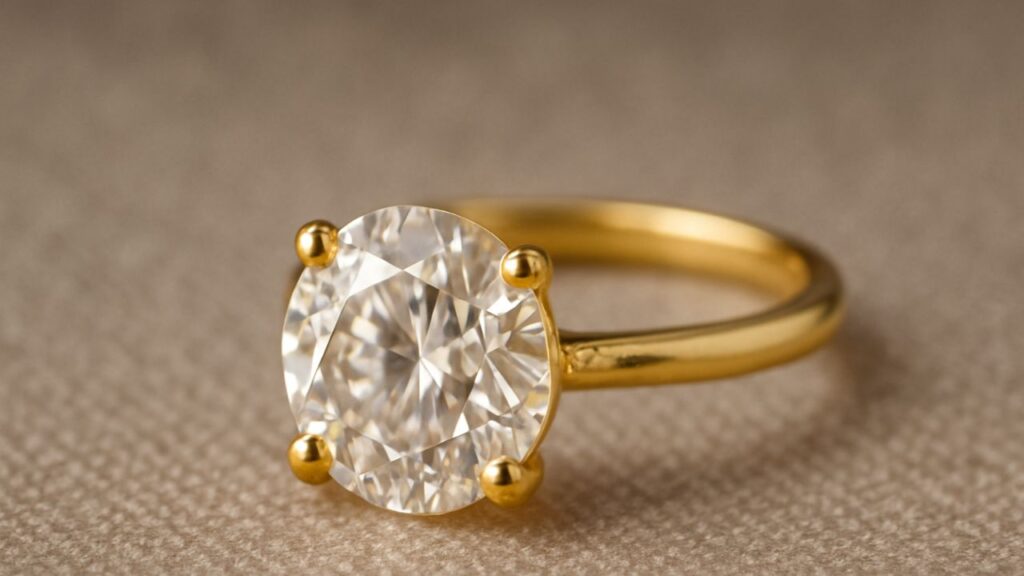
A 4 carat diamond ring is a piece of jewelry that features a diamond weighing 4 carats, which equals 0.8 grams. In diamond terms, “carat” measures weight, not size. However, a heavier diamond usually looks larger and more impressive on the finger. A 4 carat diamond is considered quite large and is often associated with luxury, elegance, and special occasions. People often choose this size for high-end engagement rings, anniversary gifts, or even red carpet looks. The overall appearance of the ring also depends on the shape of the diamond and the type of setting it’s placed in.
- 1 carat = 0.2 grams, so 4 carats = 0.8 grams
- Large, eye-catching diamond often seen as a status symbol
- Popular diamond shapes include round, oval, emerald, cushion, and pear
- The ring setting and metal (like white gold, yellow gold, or platinum) affect the style
While 4 carats tells you the weight of the diamond, it doesn’t tell the whole story about its beauty or value. Two 4 carat diamonds can look very different depending on their cut, color, and clarity. A well-cut diamond will sparkle more and look more brilliant, while one with flaws or color tints may appear dull. That’s why jewelers evaluate diamonds using the “4 Cs”: cut, color, clarity, and carat. So, when you see a 4 carat diamond ring, know that its value isn’t just about size, it’s also about quality and craftsmanship.
How much is a 4 carat diamond ring?
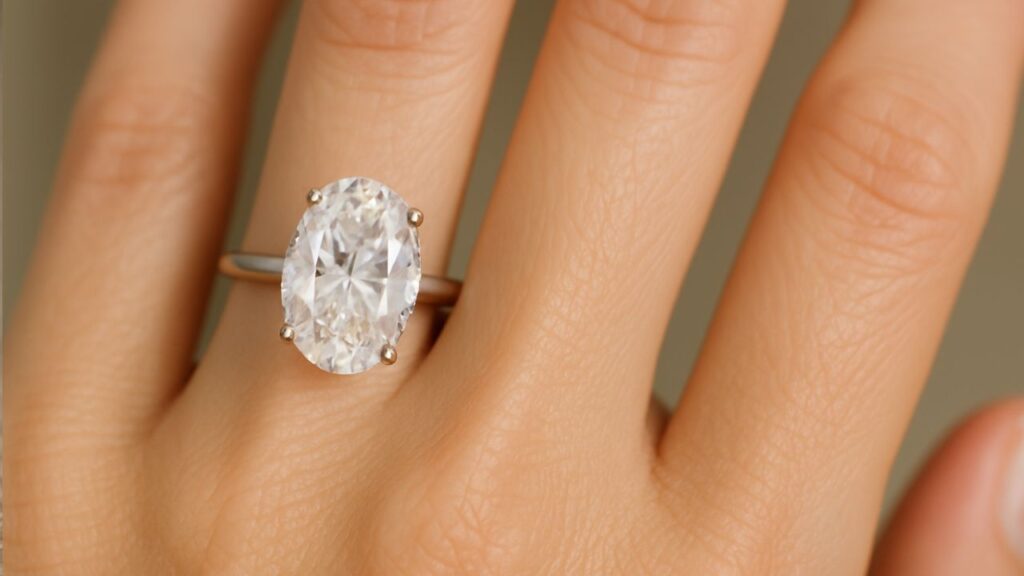
When it comes to buying a 4 carat diamond ring, the price can vary a lot depending on several key factors. On average, a natural 4 carat diamond ring can cost anywhere from $40,000 to $250,000 or more. That’s because diamonds are priced based on what’s called the 4 Cs: cut, color, clarity, and carat weight. A flawless, colorless diamond with an ideal cut will be at the top of the price range, while one with slight color or imperfections can be more affordable. Lab-grown diamonds are becoming more popular and are much cheaper in comparison.
- Natural diamonds (4 carats): $40,000 – $250,000+
- Lab-grown diamonds (4 carats): $10,000 – $30,000
- Top factors influencing price: Cut, color, clarity, shape, and origin
- Natural = more expensive; Lab-grown = more budget-friendly
Besides the diamond itself, the setting and type of metal also affect the total cost of the ring. A plain setting in white gold is more affordable than a designer setting in platinum with extra diamonds. Custom-made rings or rings from high-end brands can push the price even higher. Where you shop makes a difference too—jewelry stores in malls or luxury boutiques usually charge more than online or wholesale retailers. So, before buying, it helps to decide what features matter most and compare options to get the best value.
- Ring setting materials: White gold, yellow gold, platinum, rose gold
- Added costs: Designer brands, extra diamonds, customization
- Shopping tips: Set a clear budget, compare stones, ask about certification
Natural vs Lab-Grown 4 Carat Diamond Ring
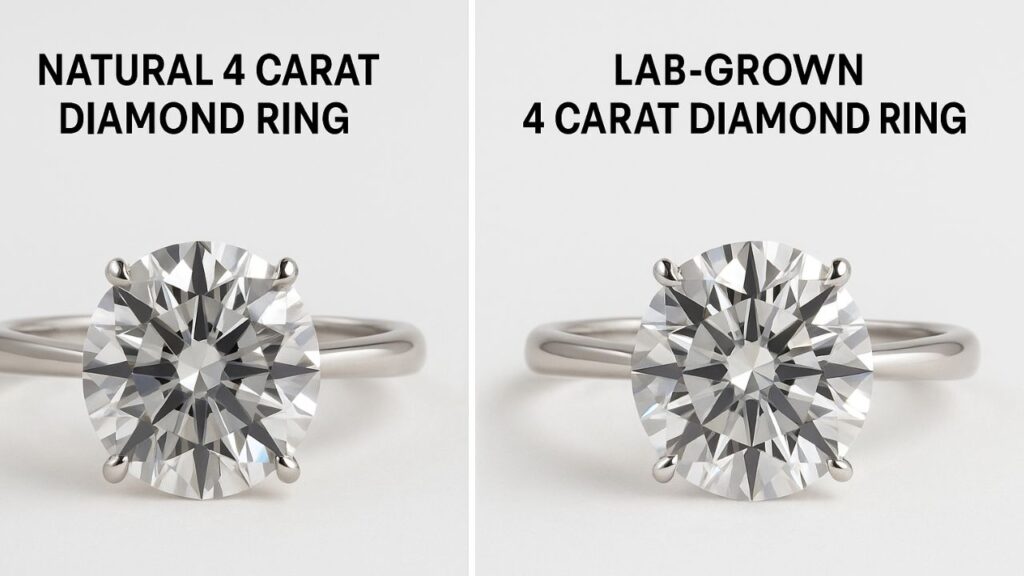
Choosing between a natural and lab-grown 4 carat diamond ring can be a big decision. Both look nearly identical, but they differ in price, origin, and long-term value. The table below breaks down the key differences to help you decide which option fits your budget, values, and style.
| Feature | Natural 4 Carat Diamond Ring | Lab-Grown 4 Carat Diamond Ring |
| Price Range | $40,000 to $250,000+ | $10,000 to $30,000 |
| Origin | Mined from the Earth | Created in a lab using advanced technology |
| Appearance | Same as lab-grown to the naked eye | Same as natural diamonds |
| Value Over Time | Tends to retain value better | Usually depreciates faster |
| Environmental Impact | Higher due to mining | Lower, more eco-friendly |
| Ethical Concerns | May involve conflict or unethical mining | Considered more ethical |
| Availability | Less common in top grades | Easier to find in excellent quality |
| Certification | GIA or similar top gem labs | GIA, IGI, or other trusted labs |
| Popularity | Preferred by traditional buyers | Popular among modern, eco-conscious shoppers |
| Customization Options | High, but often pricier | More flexible and affordable options |
4 Carat Diamond Shapes and Their Price Impact
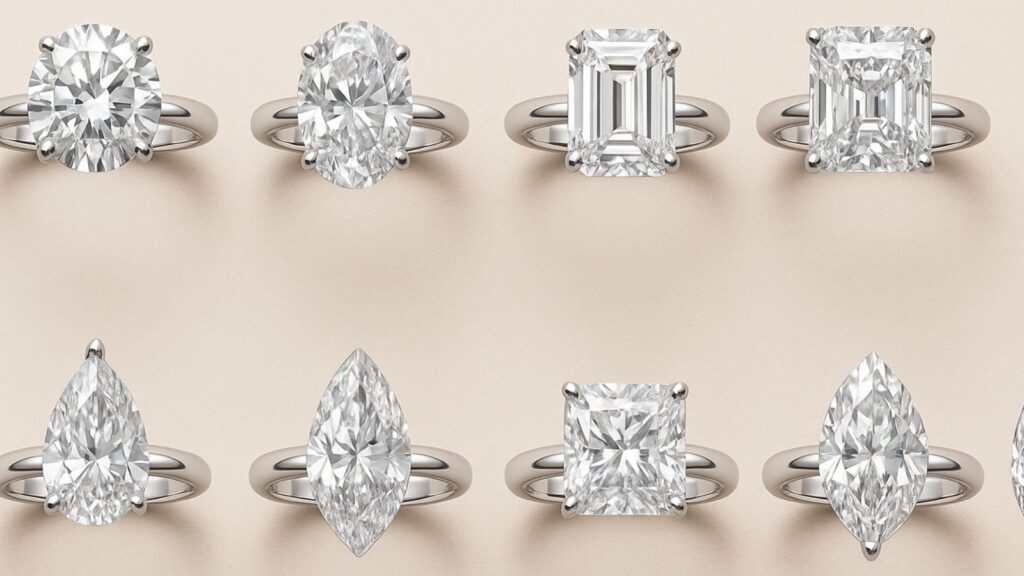
The shape of a 4 carat diamond plays a big role in how much it costs—and how big it looks. While all 4 carat diamonds weigh the same (0.8 grams), they can appear larger or smaller depending on the shape and how the diamond is cut. Some shapes are more expensive because they waste more rough diamond during cutting or because they’re more in demand.
Here are some common diamond shapes and how they affect price and appearance:
1. Round Brilliant Cut Diamond
The round brilliant cut diamond is the most classic and popular shape on the market. It’s perfectly symmetrical, with 58 facets designed to maximize sparkle and light return. Because of its high demand and the amount of rough diamond lost during cutting, it’s also the most expensive shape—especially in larger sizes like 4 carats. If you’re looking for a timeless and dazzling diamond, a round brilliant is the top choice, but expect to pay a premium for that unmatched brilliance.
2. Oval Cut Diamond
An oval cut diamond is an elongated version of the round brilliant, offering a similar sparkle with a slightly different look. The shape makes the diamond appear larger than it actually is, which is a big plus when you’re buying a 4 carat stone. Oval cuts tend to be more affordable than round diamonds and look very flattering on the finger. This shape offers both elegance and value, making it a smart and stylish option for those who want size and beauty without the top-tier price tag.
3. Emerald Cut Diamond
The emerald cut diamond has a long, rectangular shape with step-cut facets that give it a smooth, mirror-like appearance. This shape doesn’t sparkle as much as others, but it has a clean, sophisticated look that’s perfect for a vintage or modern style. Inclusions (internal flaws) are easier to spot in this cut, so clarity is especially important at 4 carats. Emerald cut diamonds are generally less expensive than brilliant cuts, making them a refined and budget-friendly choice for those who prefer understated elegance.
4. Cushion Cut Diamond
Cushion cut diamonds are square or slightly rectangular with rounded corners, resembling a soft pillow. They offer a romantic, vintage-inspired look and decent brilliance. A 4 carat cushion cut diamond has a chunky, bold appearance, and because this shape retains more of the original rough diamond, it’s typically more affordable than round or oval cuts. For buyers who want charm, sparkle, and value all in one, the cushion cut is a great pick.
5. Pear-Shaped Diamond
A pear-shaped diamond, also known as a teardrop diamond, combines the round brilliant cut with a pointed end. It’s a unique and elegant shape that creates the illusion of a longer, slimmer finger. At 4 carats, a pear-shaped diamond can look even bigger than it is due to its long surface area. It’s also more budget-friendly than round cuts, offering a lot of style and visual impact for the price. This shape suits those who want something both classic and distinctive.
6. Marquise Cut Diamond
The marquise cut diamond has a long, narrow shape with pointed ends, often compared to the shape of a football or boat. It has one of the largest surface areas of any diamond shape, making a 4 carat marquise appear impressively large. This shape is known for being dramatic and bold, while also being more affordable than many brilliant cuts. It’s ideal for someone who wants a unique, vintage flair and maximum finger coverage at a lower price per carat.
7. Princess Cut Diamond
The princess cut diamond is a modern square-shaped stone with sharp corners and a brilliant sparkle. It’s one of the most popular fancy cuts and is typically more affordable than a round diamond of the same weight. At 4 carats, the princess cut gives a bold, geometric look with lots of fire. However, the sharp corners can be vulnerable to chipping, so it’s important to choose a setting that protects the edges. This shape is great for those who want sparkle and a contemporary design.
8. Radiant Cut Diamond
The radiant cut diamond blends the brilliance of a round cut with the shape of an emerald or cushion cut. It features trimmed corners and many facets, which help it reflect light beautifully. A 4 carat radiant cut offers excellent sparkle and a slightly rectangular shape that flatters most hands. It’s a great middle ground for buyers who want both shine and a unique look, often at a slightly lower price than a round brilliant diamond.
4 Carat Diamond Shapes Comparison Table
| Shape (Full Name) | Appearance | Sparkle Level | Looks Bigger? | Avg. Price Difference (% vs. Round) | Pros | Cons |
| Round Brilliant Cut | Classic, circular | ★★★★★ | No (standard) | 0% (baseline) | Maximum sparkle, timeless look | Most expensive, less surface area |
| Oval Cut | Elongated round | ★★★★☆ | Yes | -15% to -25% | Appears larger, elegant and flattering | Can show “bow-tie” shadow |
| Emerald Cut | Rectangular with step cuts | ★★☆☆☆ | Slightly larger | -25% to -35% | Elegant, vintage style, affordable | Shows flaws easily, less sparkle |
| Cushion Cut | Rounded square or rectangle | ★★★★☆ | Medium | -20% to -30% | Romantic look, good sparkle, budget-friendly | Can look smaller than other cuts |
| Pear-Shaped Cut | Teardrop-shaped | ★★★★☆ | Yes | -20% to -30% | Unique, slimming on finger, looks big | Needs careful setting, uneven sparkle |
| Marquise Cut | Long with pointed ends | ★★★★☆ | Yes (very large) | -25% to -35% | Maximizes size, dramatic and bold | Prone to chipping, not as trendy |
| Princess Cut | Square with sharp corners | ★★★★☆ | Medium | -20% to -30% | Modern style, brilliant sparkle | Fragile corners, less finger coverage |
| Radiant Cut | Rectangular with brilliant facets | ★★★★☆ | Slightly larger | -15% to -25% | Great sparkle, hybrid look | Less common, may need custom settings |
If you want to know your exact ring size, try our easy Ring Sizer Tool online. You can also print our Ring Sizer and use our Ring Size Chart to help you measure at home. This way, you can find the right fit quickly and easily.

